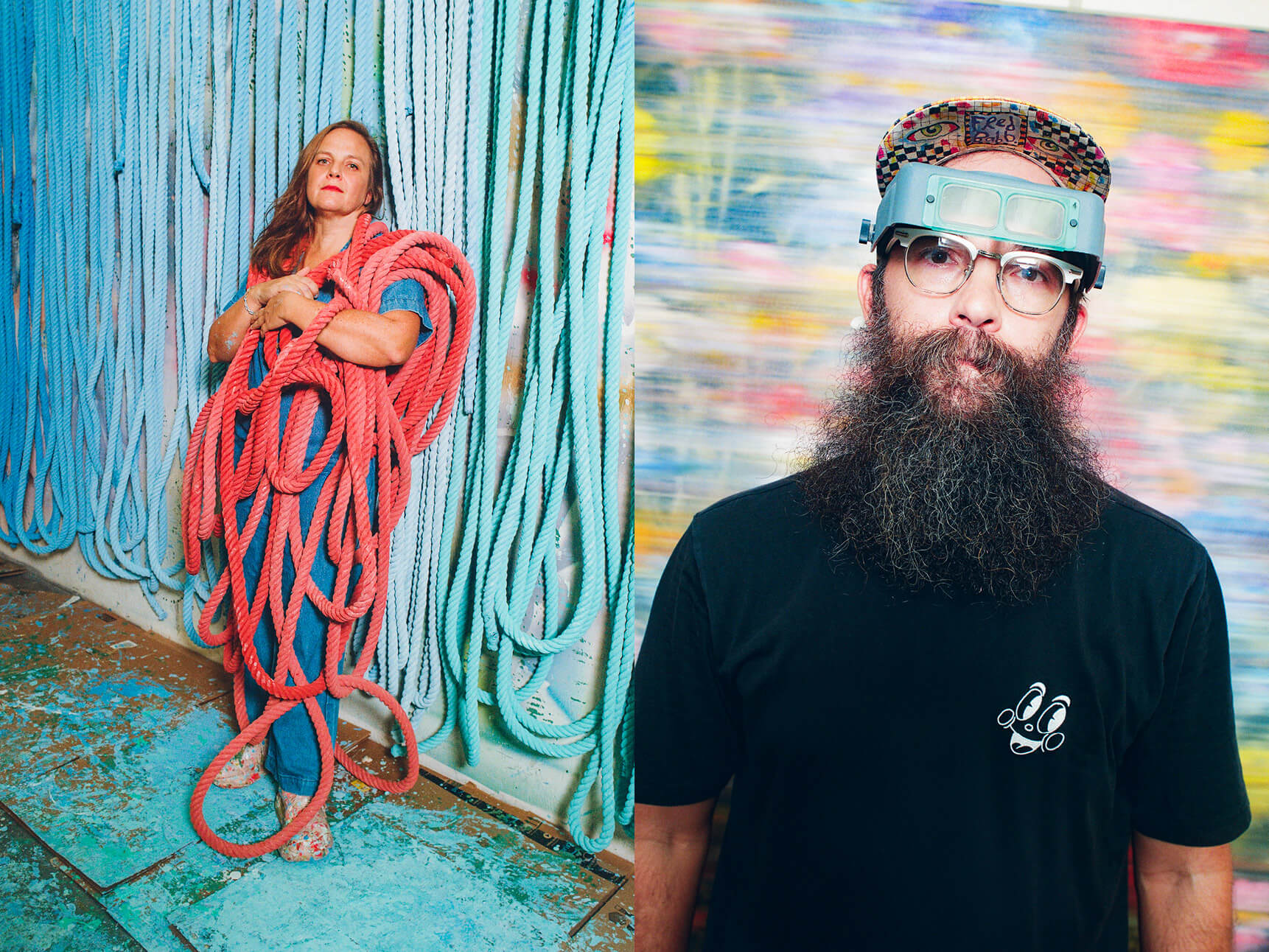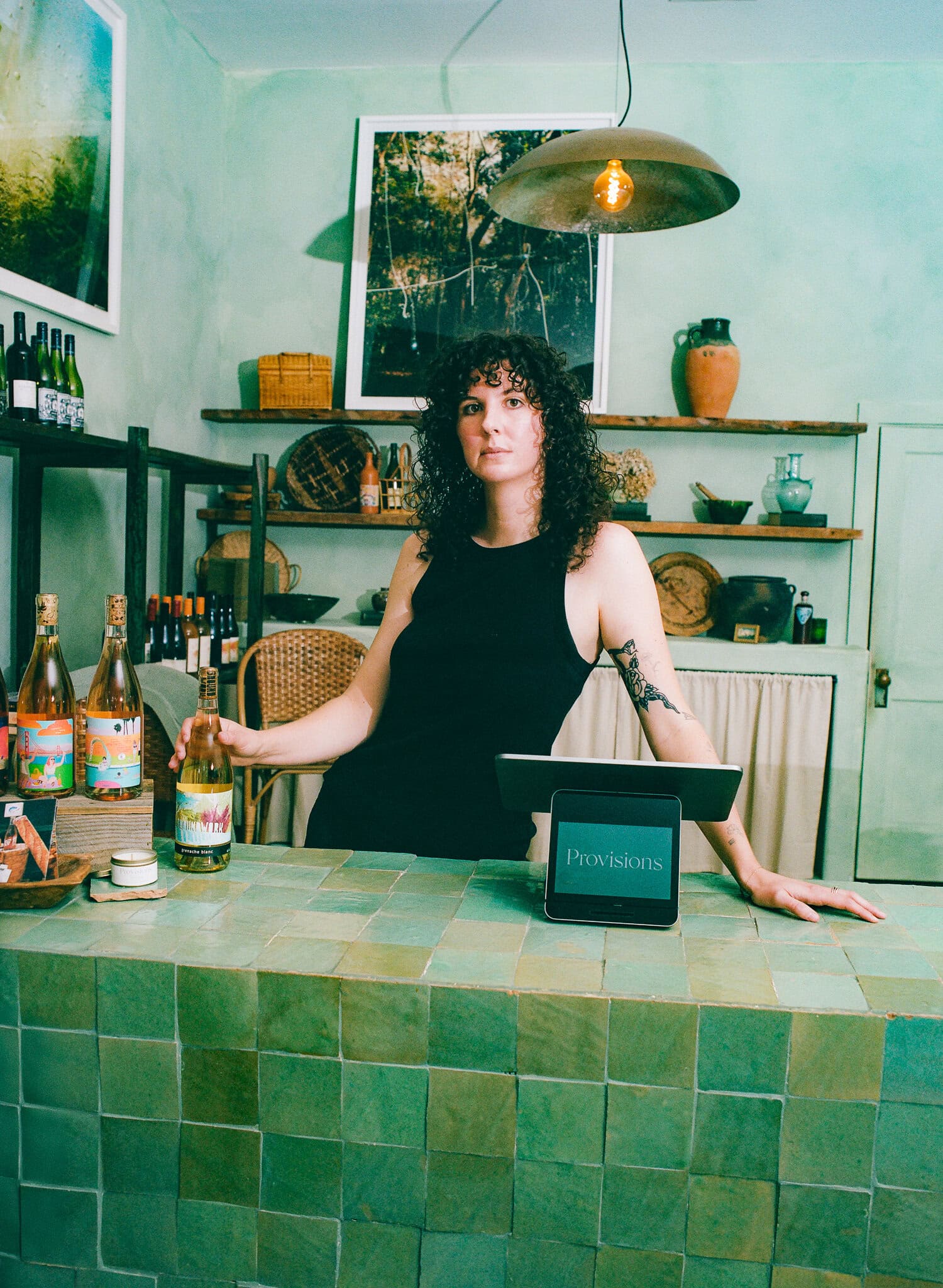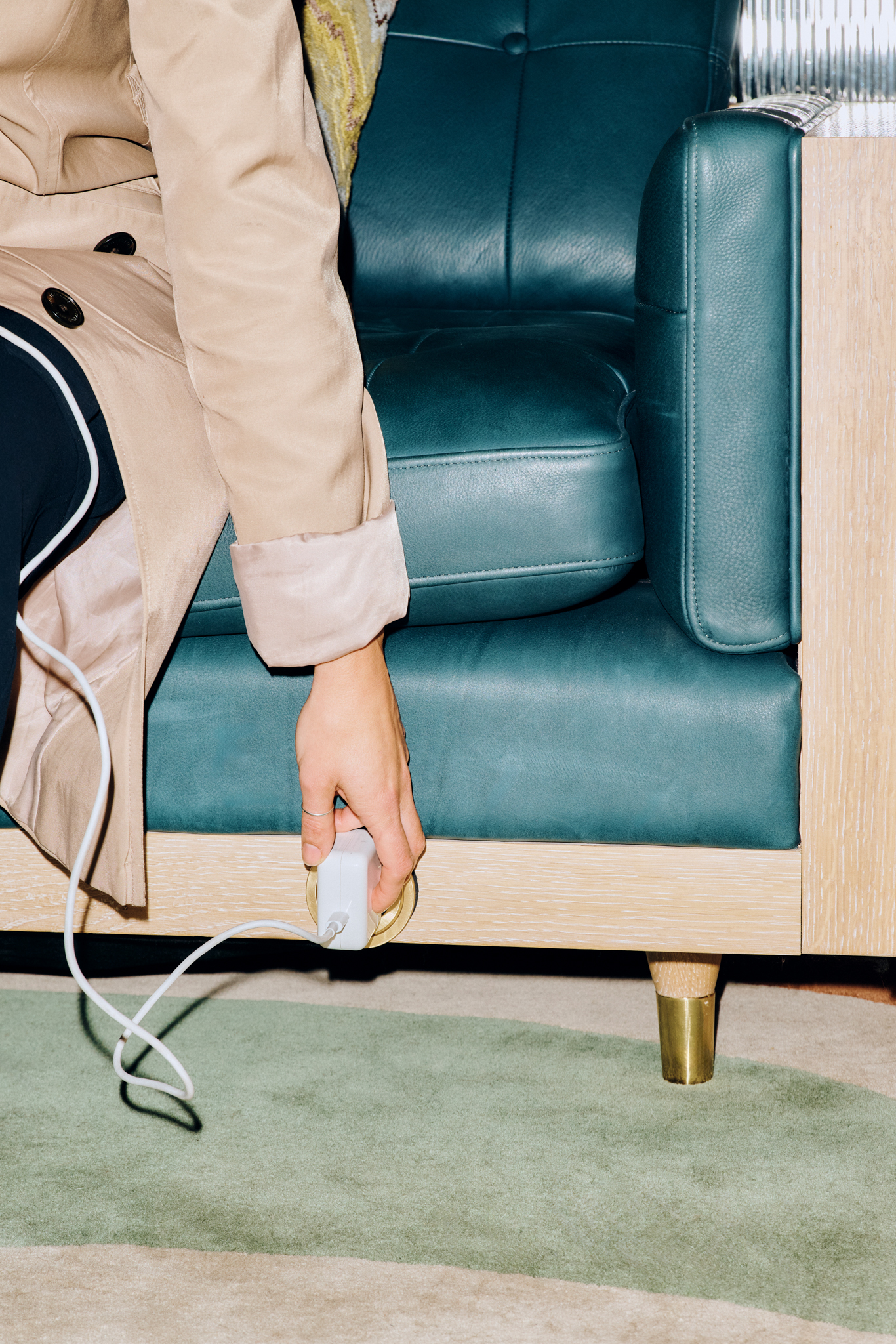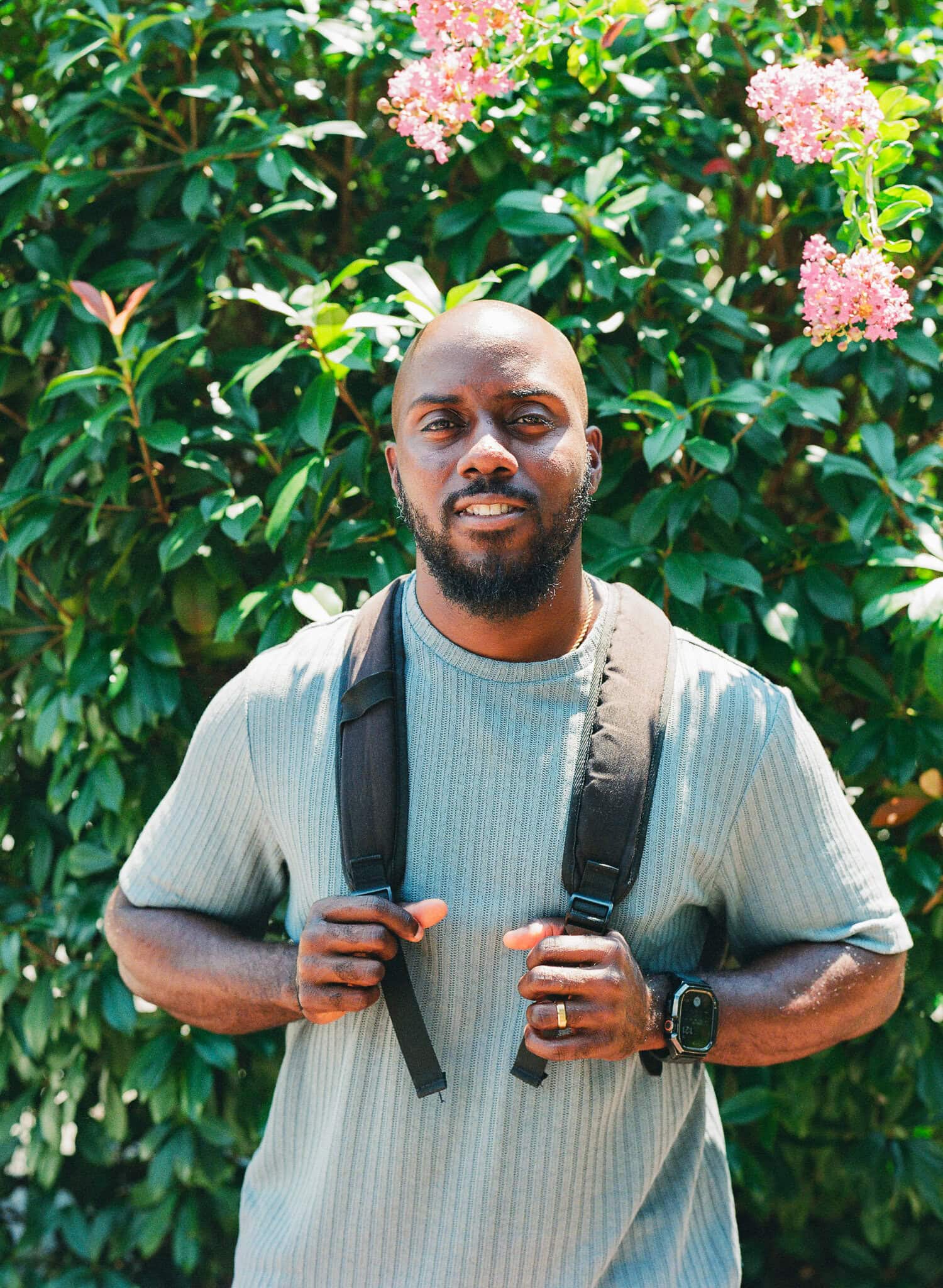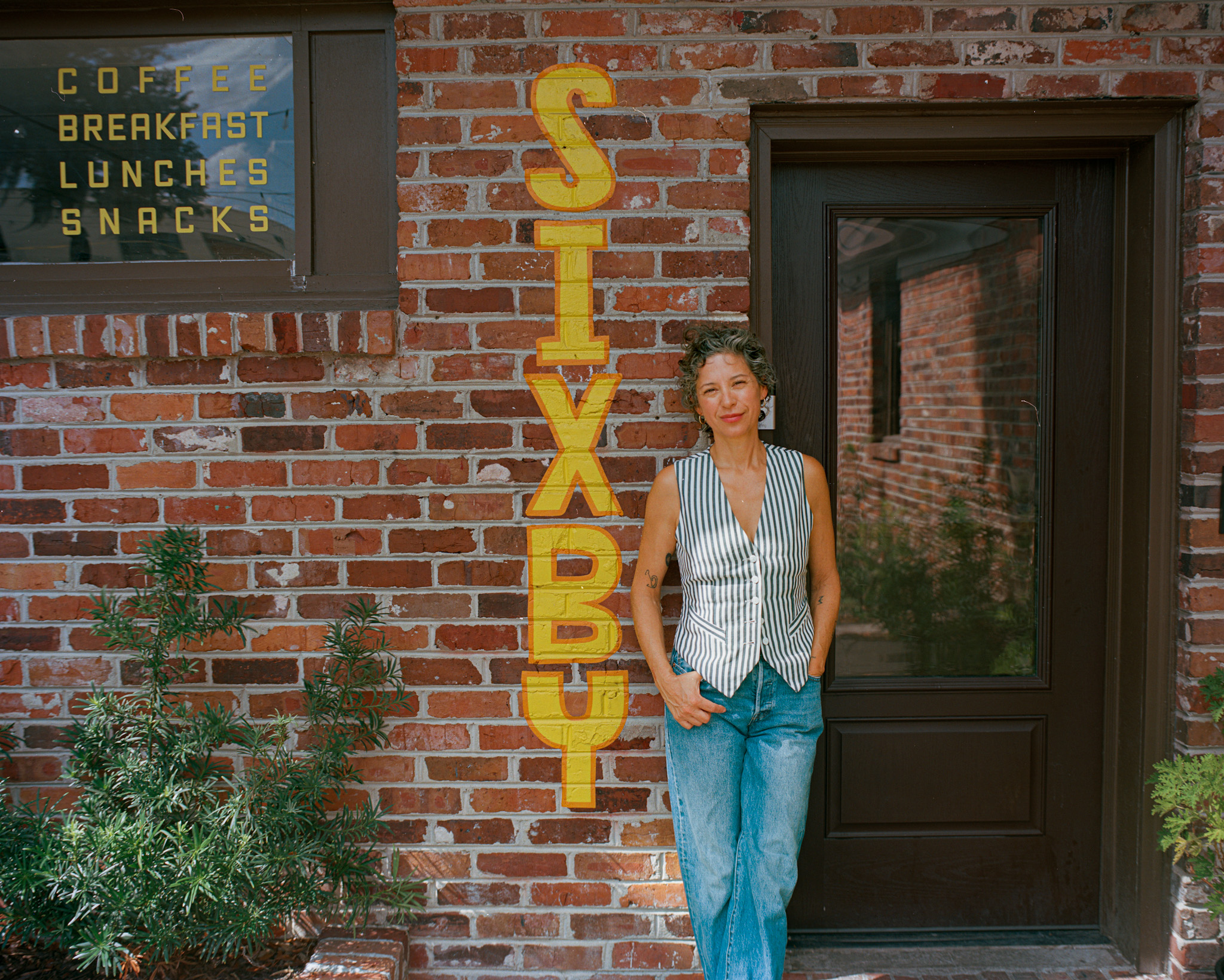Throughout his career, his compelling interior works have always brought focus to the meaningful connections between us and our surroundings, inviting deeper introspection into shared experiences. With photography as a creative vehicle, Frances has managed to move effortlessly between art and commerce, subject and voyeur, himself and the world at large.
Personal projects also comprise a significant role in his work. In 2020, Frank published Remember The South (Monolith Editions), a debut monograph that explores his memories of an upbringing in the South, where racial tensions often colored the environment. “My examination is African American history in a way that I haven’t really approached it, because when I was younger I didn’t really want to approach my heritage,” he says. Rendered in his characteristic saturated tones, the ebullient photos reveal a portrait of Frances and his evolving past, present, and future selves.
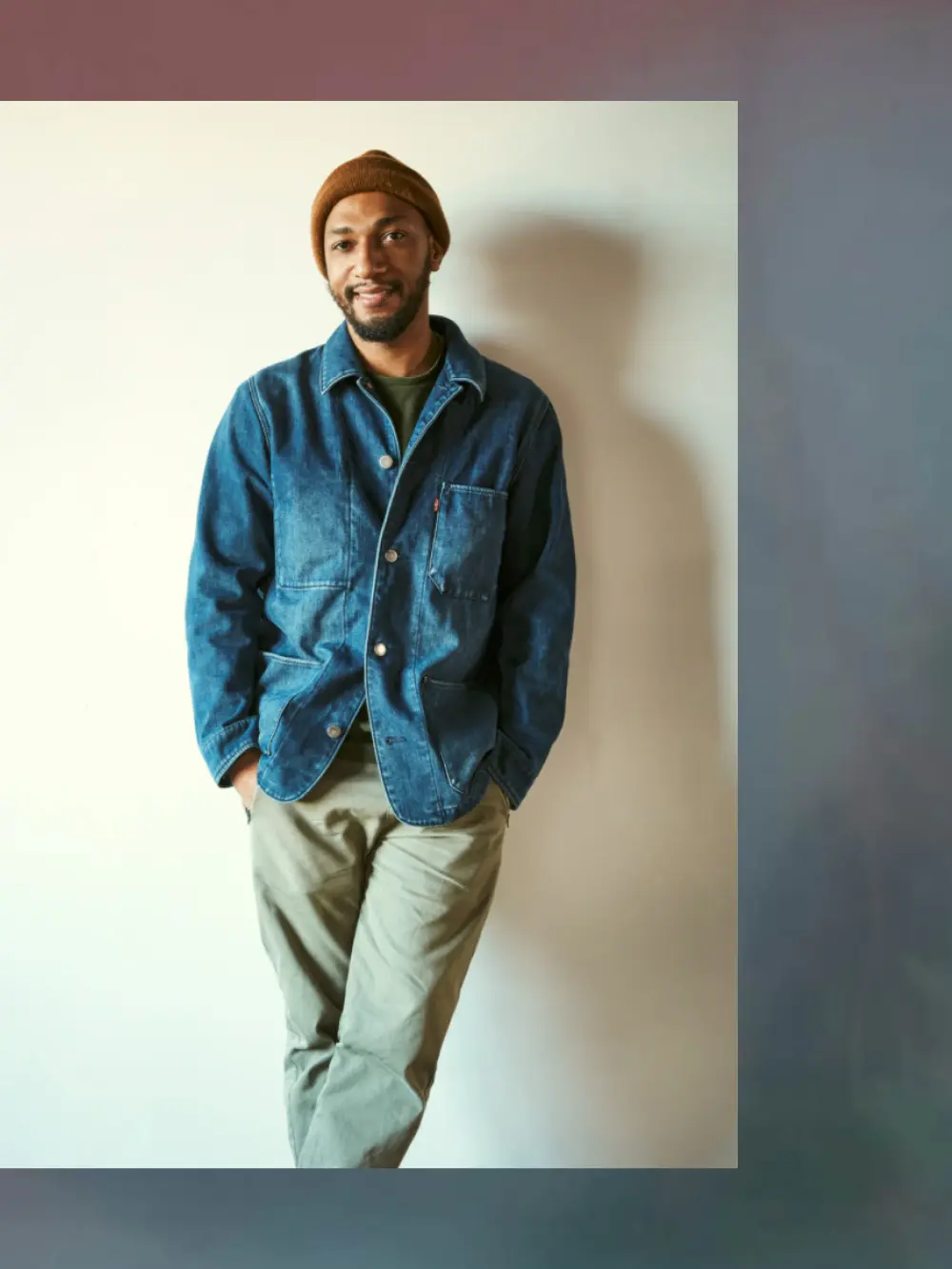
Writer Dickson Wong catches up with photographer Frank Frances about growing up in the South, his first artistic monograph — and why it’s all about perspective.
Frank Frances has come full circle. As a still life and interior photographer, Frances began capturing images of buildings and spaces as a teenager—and today, works with top design brands and publications, including West Elm, Glossier, Architectural Digest, and British Vogue.
“Keep building relationships. Don't work in a vacuum; work in teams. It's more than just being in your studio.”
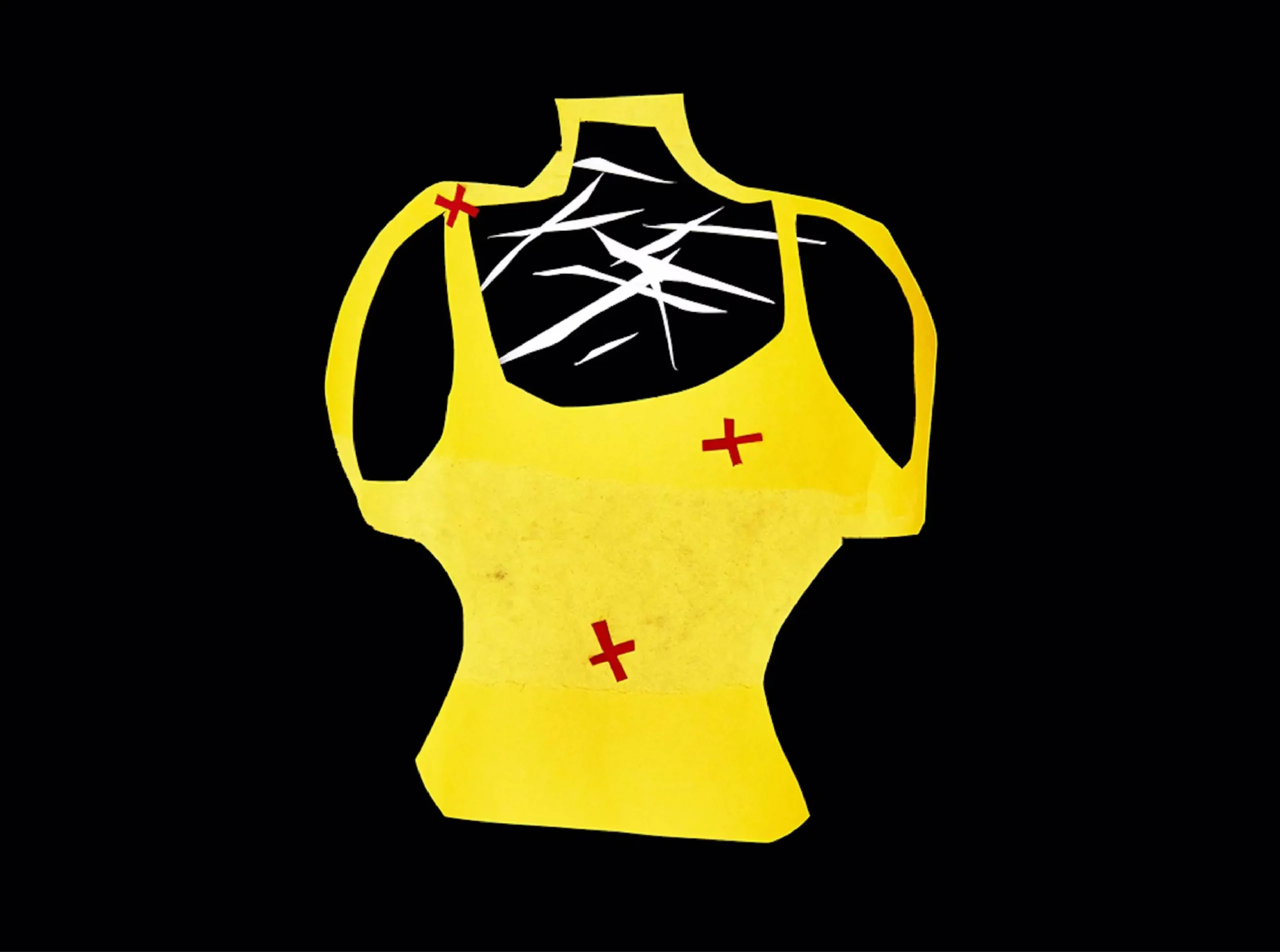

Q. How did you get your start as a photographer?
I’ve been making art since I was 15. My mom’s friend was a wedding photographer and she gave me a camera — it was a Mamiya 35mm film. From then on, I always had a camera. But my commercial start was with One Kings Lane almost 10 years ago. Now I’m doing more large-scale interior and architectural shoots with various companies and also a lot of editorial work.
Q. Do you remember any photos from your first camera?
My earliest shots were of things like a Cadillac, or a huge building. My high school final thesis project was on exterior architecture photographs. I was lucky enough to be taught by teachers who kicked our asses and treated us as if we were working professionals.
Q. You now photograph some incredible spaces and designer homes. What have been some of the most memorable shoots?
The most recent is Alicia Keys and Swizz Beatz’s place. It was an eye-opening experience because it’s a piece of architecture that was built for the landscape. And the house is so technologically forward-thinking — I mean, it inspired the house in the Iron Man movies. I also did a recent shoot with Hugh and Deborah Jackman. Their home is very contemporary, but when you walk in, there’s this warmth because they’re just so bright as humans. They were incredible to work with. And obviously, Sheila Bridges. When you get to know her work and her whole life, it’s inspiring. In the last couple of years, she’s been a barometer of who I want to be and where I want to go with creating interior work. She’s like my spirit animal.
Q. In addition to shooting interiors, you also recently published your first book, Remember The South, which features your personal art.
I’m from South Carolina and I grew up in a very racist environment. The Black Lives Matter movement of George Floyd has brought a lot of things to the forefront. For me, this was a personal work grappling with how I grew up and how to deal with the whole racist conscience that I had embedded in me, and that I want to be working on. In that sense, Remember The South is based around still lifes I make with soul food ingredients: sweet potatoes, collard greens, Kool-Aid. But I look at them as reliquaries from our imagination. It’s what I remember, or what I think I remember. Our memories are all faulty in some ways. The fine art is working between all these modes and dealing with some of the personal traumas in some way. In other words, it’s therapy. Since publishing Remember The South, I realized I’m in a very privileged position of photographing these homes. When the Alicia Keys cover shoot came along, my mom called me and said, “Stay grounded, son.”
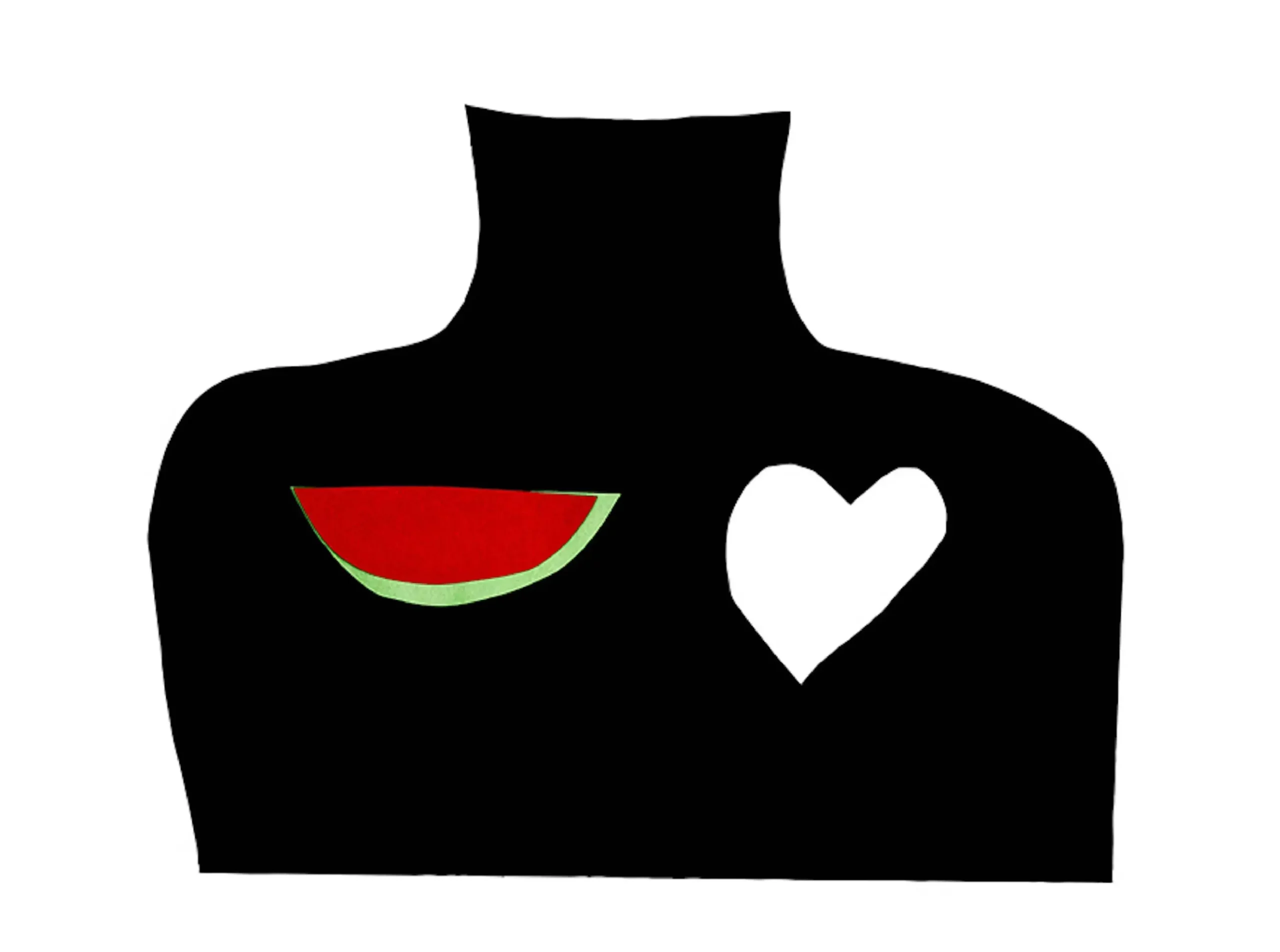

Q. Who are some photographers and artists you admire that have influenced your work?
There’s a whole list here: Mickalene Thomas, Gary Simmons, Ezra Stoller, Ellsworth Kelly. My whole business comes from fine art; that’s how I built it. So I see interiors as large paintings. These are people who inspired my photographs of interiors, and I approach my fine art with the same sort of rigor. So works by Gary Winogrand, Kwaku Alston, Taryn Simon, Gordon Parks, Roe Etheridge. I met Roe once through a friend, and I love his way of thinking. He doesn’t see himself as anything and said, “I just take pictures.” But I love that he takes his work from commercial to gallery. I feel the same way, and I see myself doing that, once I find a gallery.
Q. With that, how do you see your creative work evolving in the future? What forms do you envision it taking?
Over time, I see myself doing interiors, still lifes, and cosmetics, but I also want to create books and shows in galleries and museums to accompany all that work. Right now at the MoMA, Gordon Parks has a section where he has his photos from Life magazine, and he also has his movie work for the first Shaft. That’s the goal.
Q. What’s your advice for photographers who might not have the same access, means, or visibility?
Never stop shooting. I’m still here because I didn’t give up shooting; I have plenty of friends from school who just stopped making work. And I think if you just don’t stop, it will happen at some point. Keep building relationships. Don’t work in a vacuum; work in teams. It’s more than just you being in your studio. Step out and do it with someone else to see how you can share it with the world. For a very long time, I didn’t have the means — in my head, I still don’t have the means — but now I have more access.
Q. As an independent creative running your own show, what were some hard lessons you learned early on?
The biggest was to let go of my pride and realize I can’t do everything. There are artists who can do it by themselves, but I’m not one of those people. Now I have two agents, both of whom have guided me in ways I never considered creatively and professionally. And again, meeting someone like Sheila Bridges made me realize I didn’t have my shit together. To see how people I look up to run their businesses and continue to do work after 30 years — that is invaluable.
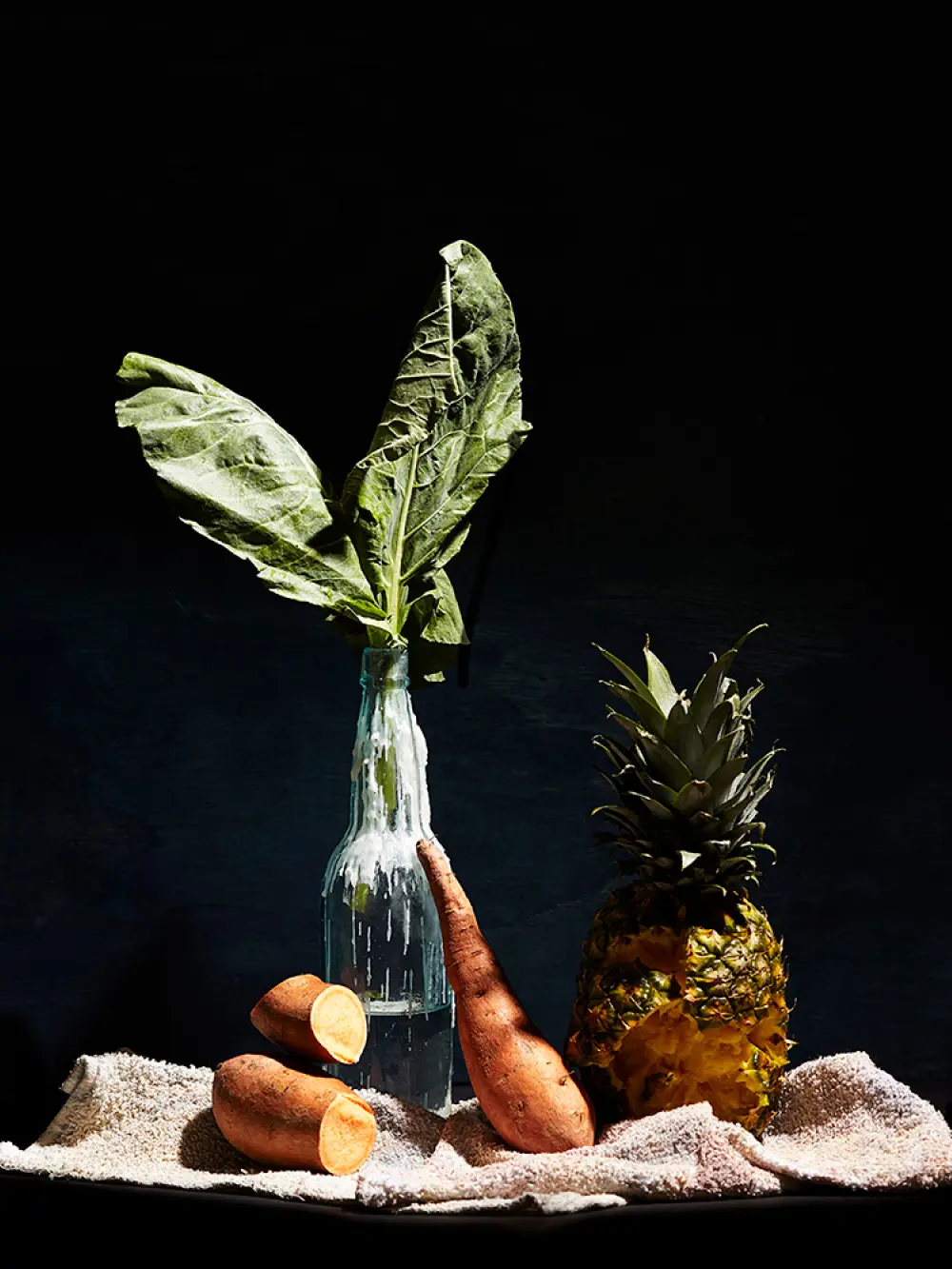

Dickson T. Wong is a Brooklyn-based writer, editor, and consultant specializing in content strategy and partnerships. Their articles and work have appeared across publications and brands, including 1stdibs, Zappos, Architectural Digest, Domino, and many more.
Editor: Aileen Kwun
Photography: All images courtesy Frank Frances
DISCOVER MORE
Visit frankfrances.com
Follow frankfrancesstudio

